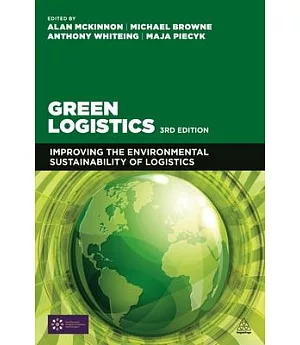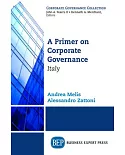As concern for the environment rises, companies are taking more account of the external costs of logistics-specifically those costs associated with climate change, air pollution, noise,
vibration, and accidents. With contributions written by leading international logistics academics, Green Logistics examines ways of reducing these factors and achieving a more
sustainable balance between economic, environmental, and social objectives.
This new edition introduces a new co-editor and contributors, as well as international case studies, for a more global perspective. For the first time, the book will include
downloadable supporting materials, technical information, and guidelines for teachers/lecturers. The editors have added new material on e-business, e-logistics, and the environment along
with new chapters on green performance and environmental reporting, nature-inspired network design for distributed logistics, green logistics developments in different parts of the world
(including North America, Latin America, South East Asia) and future scenarios for green logistics.
Other key topics examined in the book include: carbon auditing of supply chains; reducing the environmental impact of warehousing; improving the energy efficiency of freight transport;
making city logistics more environmentally sustainable; reverse logistics for the management of waste; the role of government in promoting sustainable logistics.





















